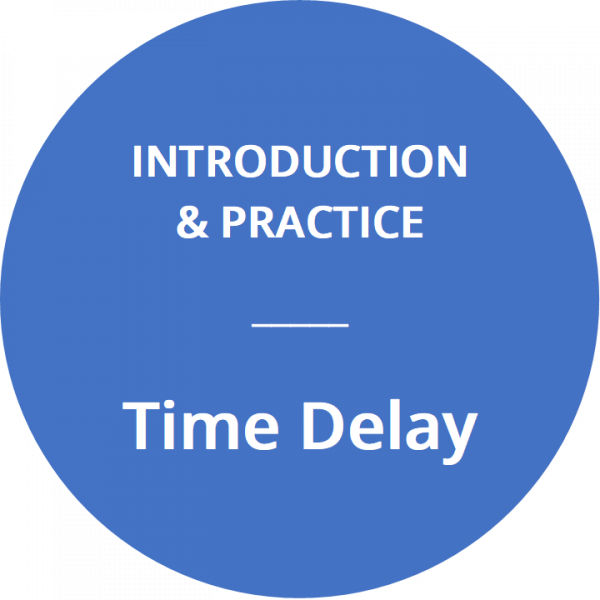
Time Delay: Introduction & Practice
Time delay is used to systematically fade the use of prompting for a target skill or behavior. This module targets the basic rules of time delay, including using a controlling prompt, and provides interactive case activities for discussing a plan for, using, and monitoring time delay.
The module was developed specifically for paraprofessionals working with elementary school students (ages 5-12) with ASD. However, special education teachers, general education teachers, other practitioners, and family members find the video examples and activity-based scenarios helpful. The corresponding Home Companion Guide may be especially helpful for families interested in using time delay at home.
What Will I Learn?
The AFIRM module guides the learner through:
- What is time delay, including when and how to use contant or progressive time delay
- How to support learners with ASD by using time delay
- Activity-based scenarios that promote real-world application of time delay
The Time Delay: Introduction & Practice module will take approximately 1.5 to 2 hours to complete.
Sam, A., Savage, M., Steinbrenner, J., Morgan, W., Chin, J., & AFIRM for Paras Team. (2020). Time Delay: Introduction & Practice. FPG Child Development Institute, University of North Carolina. https://afirm.fpg.unc.edu/time-delay-introduction-practice
